Having brought the masses in Venice to a near religious fervour with a rousing 15-minute standing ovation, “The Testament of Ann Lee” — much like the characters in the film — is heading West.
From director Mona Fastvold and starring Amanda Seyfried as the founder of Christian the Shakers, who left 18th century England behind for a new life in America with her growing band of believers. The not-quite-musical (the Shakers were known for their frenzied singing) and not-quite-biopic was recently acquired by Searchlight, with a suitably holy Christmas Day release planned. But before making it to the promised land, Seyfried and her flock of followers (ok, most of them) enjoyed a relative homecoming, with “Ann Lee” having its U.K. premiere as part of the BFI London Film Festival.
For Viola Prettlejojn, who plays Lee’s niece and devotee Nancy, London marks a real homecoming, being one of very few Brits among the main cast (which also includes Lewis Pullman, Thomasin McKenzie and Stacy Martin).
Best known previously for playing a teenage pre-Queen Elizabeth in “The Crown,” Prettlejohn describes “Ann Lee” as a “multi-sensory experience.” As she explains to Variety, it was also unlike anything she’s done before — and anything she’s likely to do again.
The Venice world premiere was an emotional experience — there were plenty of tears throughout the 15-minute standing ovation. How was it for you?
I was just sobbing my eyes out for the whole of the last 20 minutes of the film! I was a wreck. And then as soon as the standing ovation started, I was started sobbing again. And I would look to my friends behind me and anytime I made eye contact with anyone, it would get worse. And then I looked at Amanda and lost it.
It must be such a peculiar thing to be in a standing ovation and everyone’s staring and filming you on their phones. And for 15 minutes, that’s a long time…
It is crazy. But honestly, I was so emotionally overwhelmed that I did not even clock that it was 15 minutes.
‘The Testament of Ann Lee’ has proven to be a difficult film to describe. It was called a musical, but it’s also not a musical. Is it a biopic? What do you call it?
I think calling it a musical is somewhat misleading. So I don’t think I would ever lead with: it’s a musical. Although that’s how I say to my friends, just so they realize that there is a lot of music. But it’s an epic, it’s so wide spanning, and it’s a lifetime of a person. But it’s not a biopic. It’s a multi-sensory experience!

Credit: Pascal Le Segretain/Getty Images)
Getty Images
How did you get involved in the film and join Ann Lee’s followers?
Weirdly we filmed in Budapest, and I was shooting something else in Budapest — “Amadeus” — and filmed my [audition] tape in my hotel room on my phone, leant against a chair balanced on top of a table with my friend reading over Zoom. I did that one tape, and then I sent a few songs off. I had no idea what I was getting myself in for, but I had seen “Vox Lux,” and “The World to Come,” so I was a big fan of both Mona and Brady [Corbet]’s work. So I really wanted it. And suddenly we were all out in Budapest again and learning the choreography. And it was unlike any work I’ve ever done.
Speaking to Amanda, it does sound like Mona has managed to cultivate this fantastic creative family. I know on every film, people describe it as being like a family, but is that actually how it felt to you?
I think Mona has this incredible talent bringing the right people together for things. And I think she has this amazing sense of who’s going to work well together. And I think particularly for this film, because it required so much trust in each other. And it’s an ensemble film. Amanda is really the person who drives it along, but it was all of us, all together, all the time on screen. And we were doing things where you needed to make yourself quite vulnerable.
Talk to me about the singing and dancing, because it’s something you can only really understand once you’ve seen it on screen. Some of it is really beautiful but then you have other elements that are much more animalistic, almost like screaming. How was the process of developing it all?
Celia [Rowlson-Hall]’s choreography is so incredible. You see the seeds of what becomes the more controlled choreography in America in the beginning section in Manchester, when it’s quite frenzied and unpredictable. It’s a very unpredictable energy that’s created. Physically it was very demanding. I’m not a religious person, but I think I could understand it through doing that choreography. You’re very intimate with yourself, and you’re hitting yourself a lot on the chest. It’s an act of connecting with yourself, combining the breath work and it does create this out of body, religious fervor. I could see how, through that, you could find yourself connecting to a larger power and larger energy.
And it was the same with the singing. One of the first things we did as a group was sit in a circle and Daniel [Blumberg, composer] telling us to just make a noise or sound or anything when it came to us and to just keep doing it or stop when it felt right. I had singing lessons all through my childhood to teenage years, but this was a level of a musical freedom that I’ve never had before. At first it was incredibly intimidating, but it really started to become my favorite part of the whole thing, and it became more experimental and improvisational. I was working in a way that I’ve never done before and probably won’t do again.
Would you have followed Ann Lee to America?
Amanda’s version is pretty persuasive. She’s got a look behind the eyes — she’s quite entrancing!

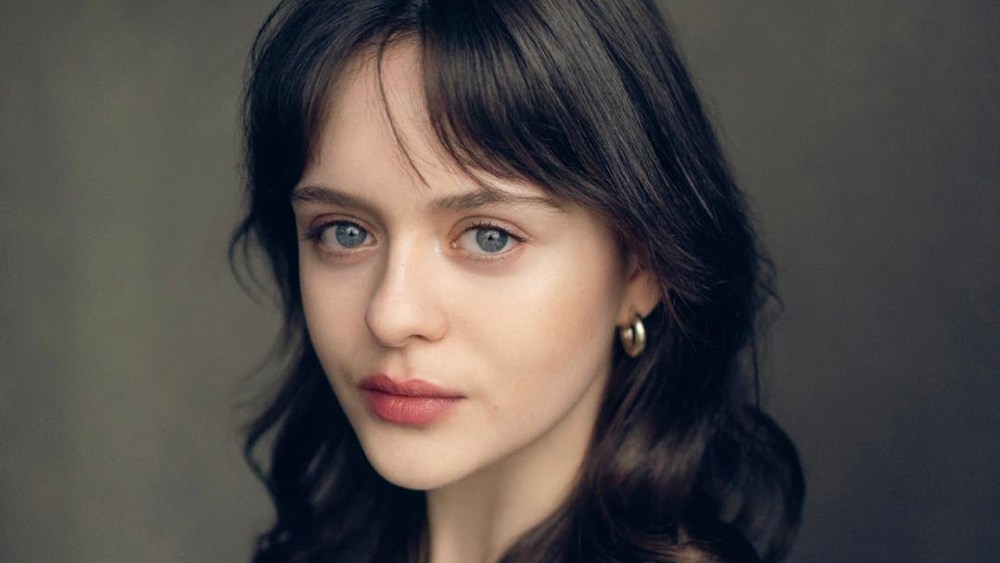
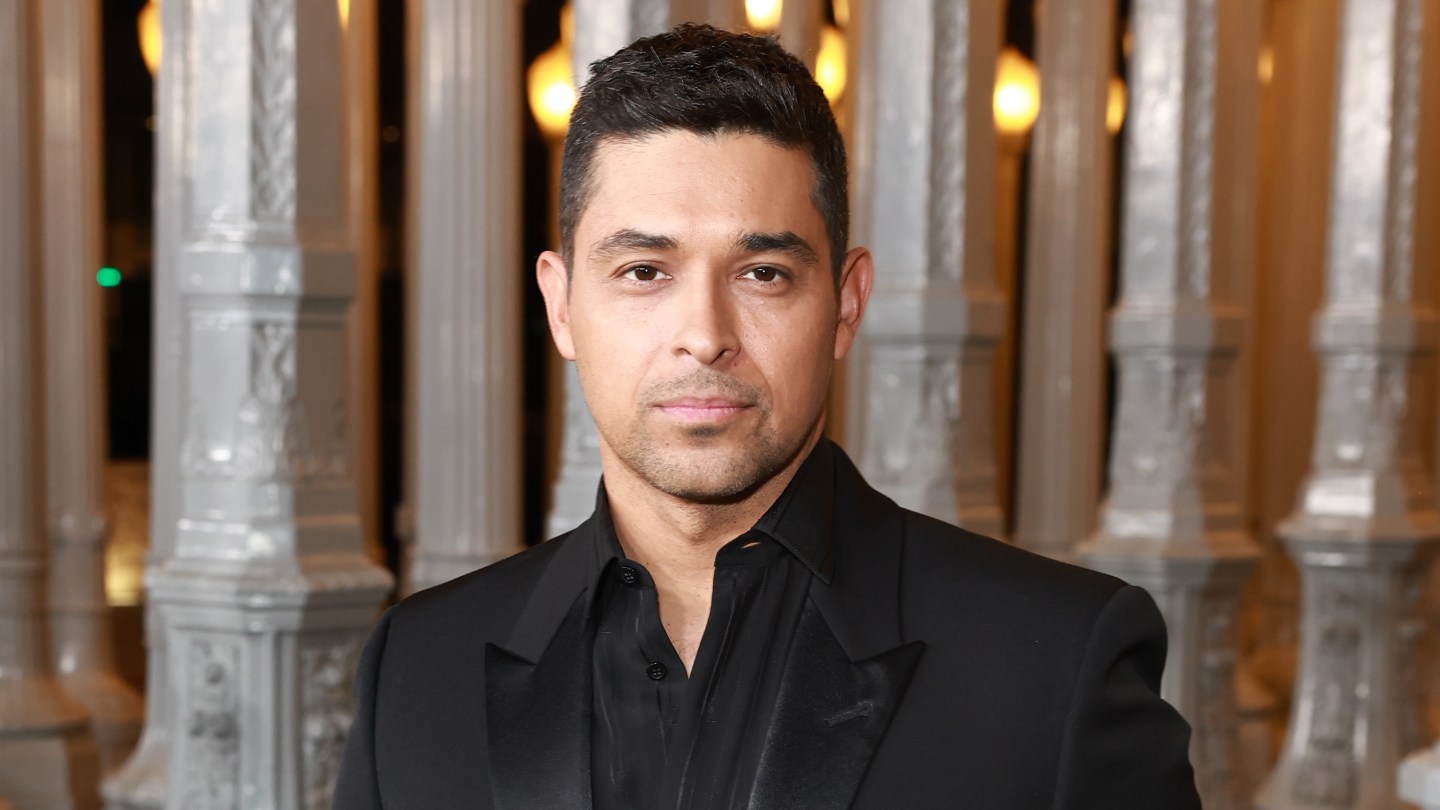
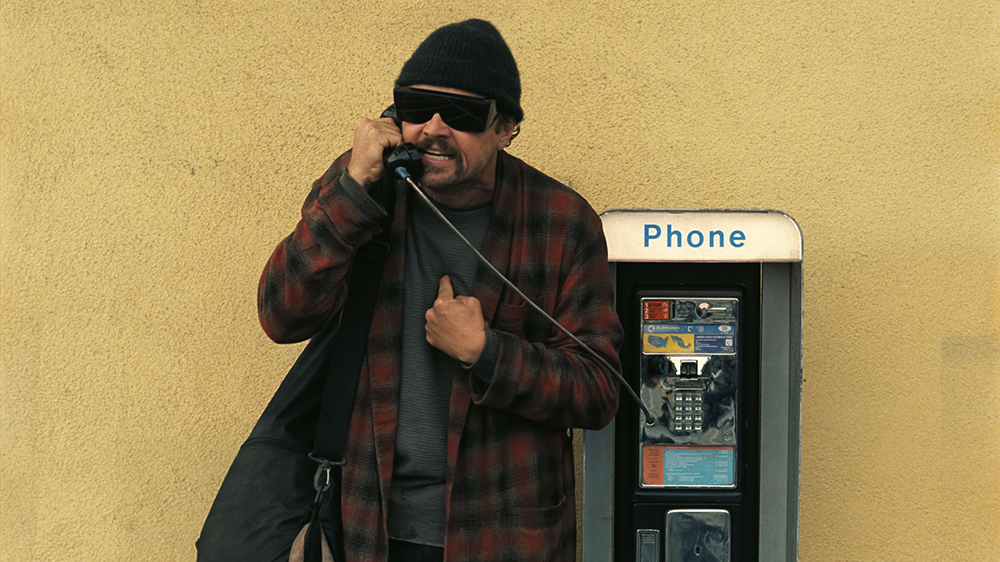
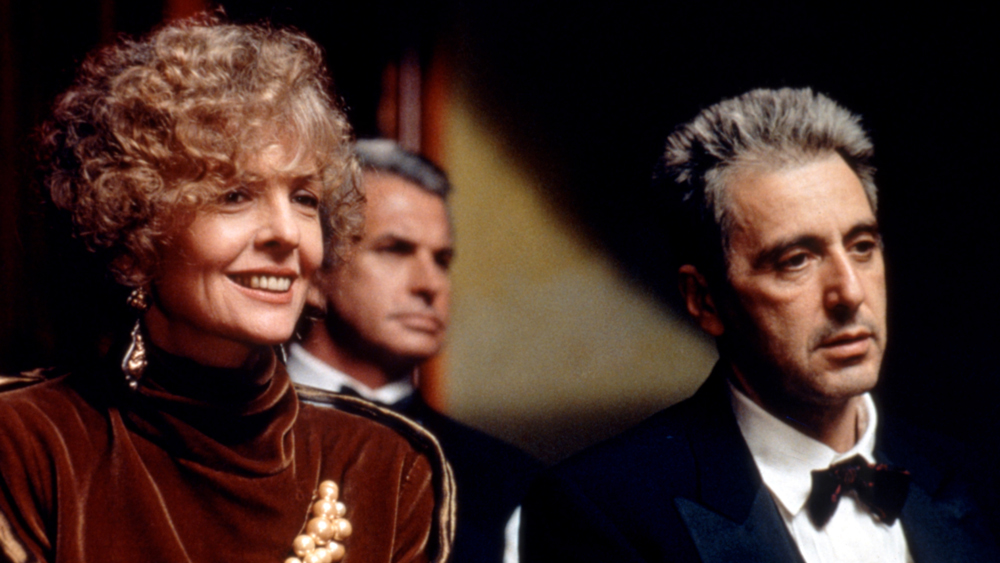
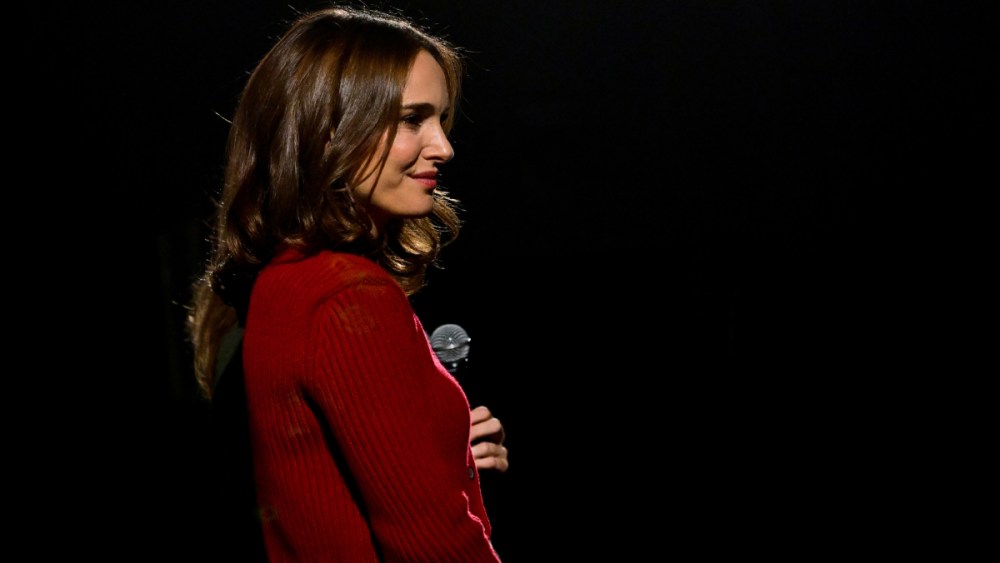
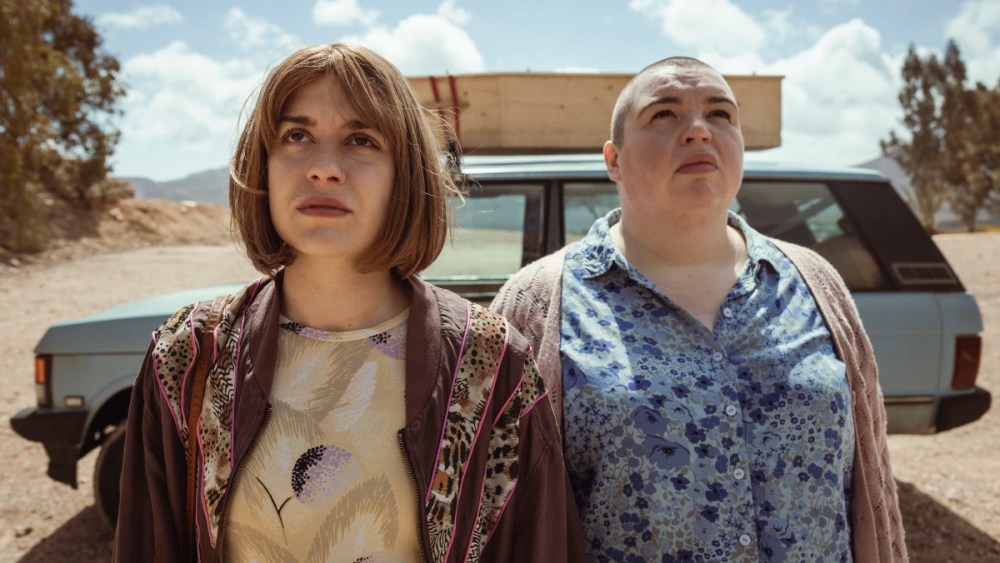
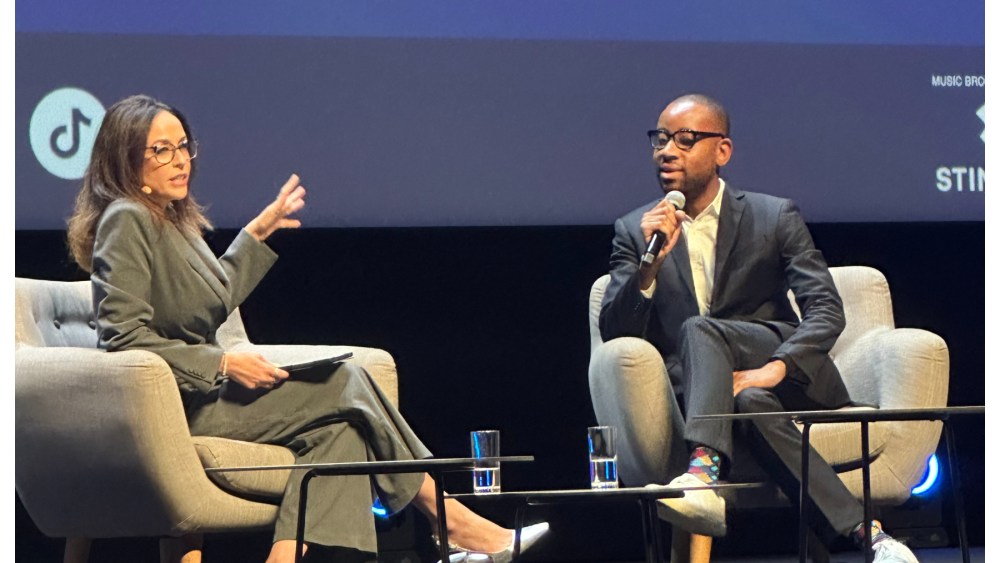
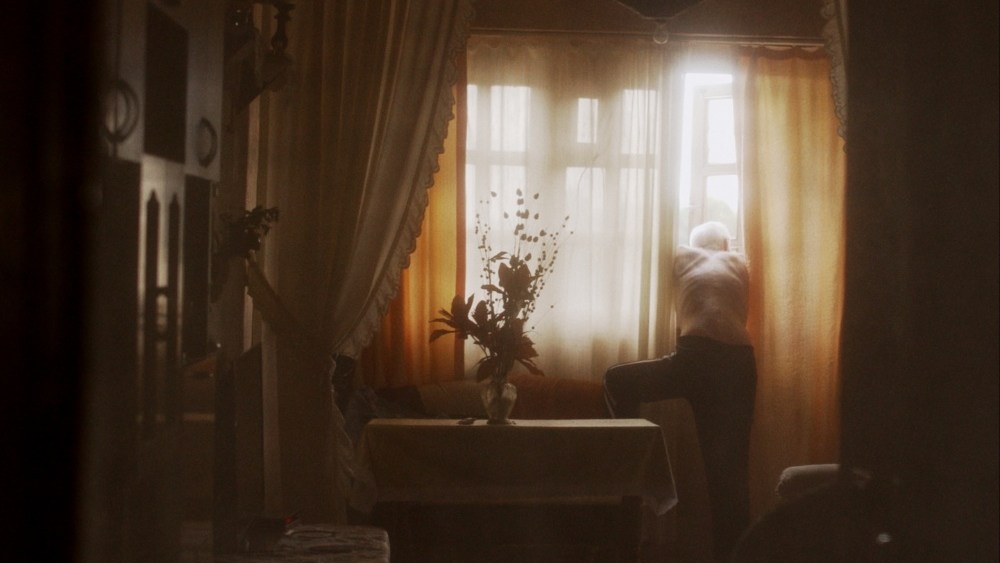
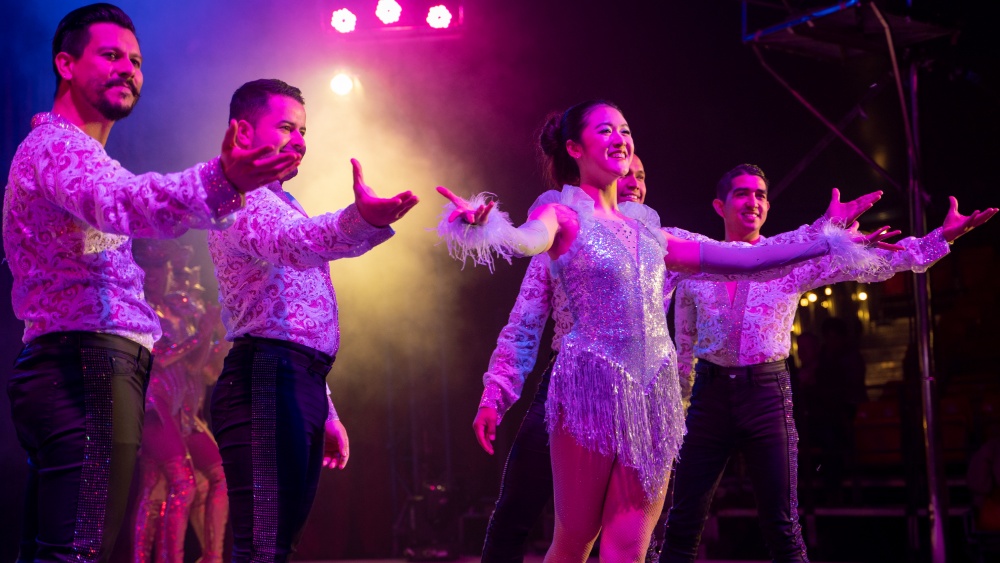
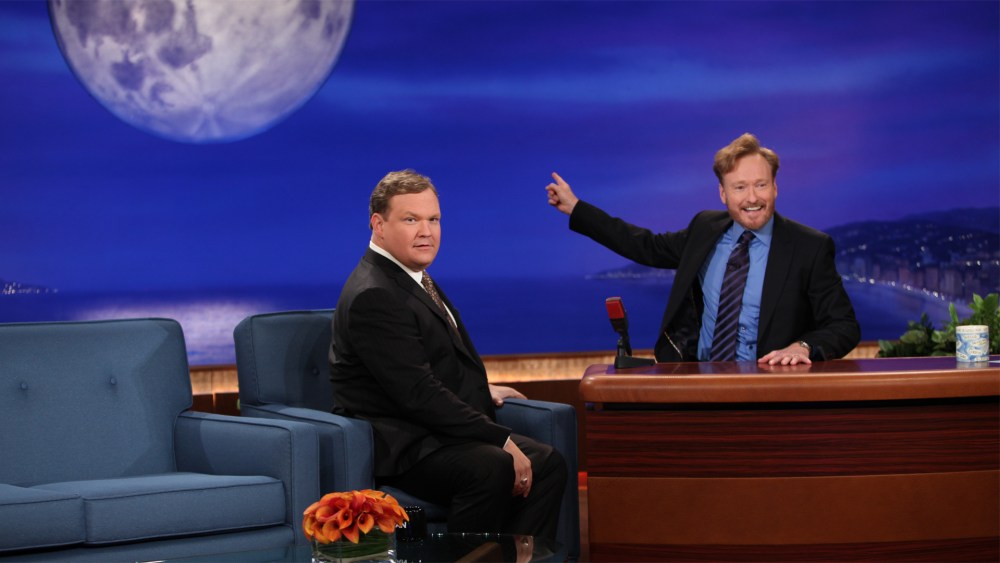



Leave a Reply